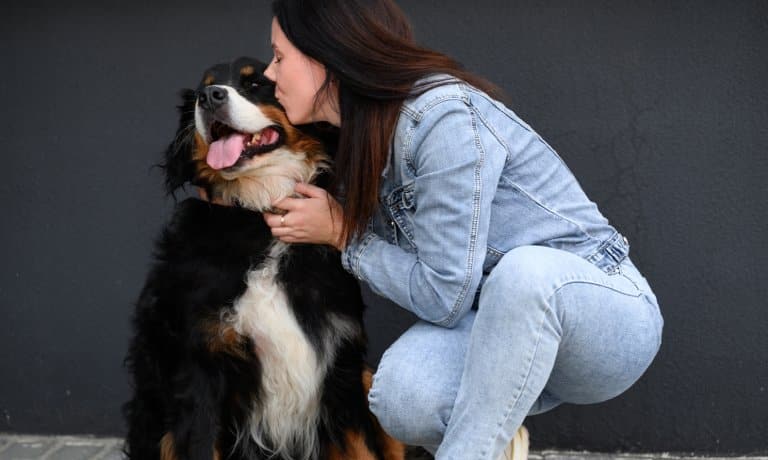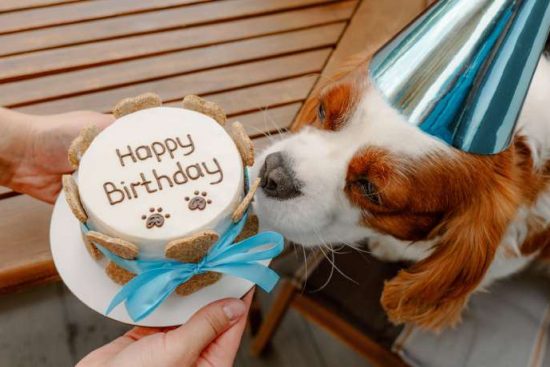
Bringing a large dog into your home changes your daily life. Big dogs fill your space with personality, but also with needs that smaller breeds may not demand. Understanding their lifestyle, health, and behavior before adoption prevents long-term frustration. Before you choose, explore the realities of size, temperament, and care required to build a bond that lasts a lifetime.
Space and Activity Levels Matter
Large breeds don’t always require a backyard, but they do need room to move. A Great Dane may nap most of the day, but turning corners in a tight apartment creates stress for both of you. High-energy breeds such as German Shepherds or Belgian Malinois demand frequent, structured exercise.
Without physical outlets, their energy turns destructive indoors. You must plan for regular walks, active play, and mental stimulation. You should understand activity and training demands early, because you must truly know before adopting a large dog breed what lifestyle changes you’ll need to make.
Diet and Medical Costs Scale Up
Big dogs eat a lot more and sometimes require particular diets for healthy growth. Feeding a Saint Bernard or a Mastiff strains your budget fast if you only planned for generic kibble. In addition to diet, vet visits usually cost more. Medications often depend on weight, and surgical procedures require heavier anesthesia.
Hip dysplasia, bloat, and joint issues appear more frequently in large breeds, increasing lifetime expenses. If you’re serious about ownership, you must know before adopting a large dog breed that costs grow with their size.
Breed Traits Shape Daily Behavior
Large dogs respond to situations using instincts shaped by centuries of selective breeding, not just their physical presence. Boerboels, for example, come from a background of guarding farms and homes.
Choosing a breed means inheriting its tendencies. Learn what yours was built for and decide if your home can support that instinct. Boerboels build strong bonds with household members and actively guard against unfamiliar people or animals. If you adopt a Boerboel, prepare for early socialization and consistent leadership.
Training and Consistency Cannot Wait
An unruly Chihuahua annoys but an unruly Rottweiler injures. Large dogs require obedience training as early as possible. Commands such as “down,” “stay,” and “off” must become automatic before size turns play into danger.
Owners that delay training may create confusion and make it more difficult to effectively train your dog. Positive reinforcement builds trust, but firmness and structure set boundaries. Large breeds want to follow a confident handler, not guess the rules every day. Make your expectations clear and stick to them so your dog feels safer and calm around your guests.
Lifetime Commitment Means Lifestyle Adjustments
When you bring home a large dog, you commit to structure, responsibility, and sometimes inconvenience. Caring for a large dog changes your routine. You may need to limit travel, repair damaged furniture more often, and spend extra time on grooming. Daily structure must include scheduled walks, meals, and quiet recovery periods.
Large dogs notice when routines fall apart. They thrive when life stays predictable. You must decide if your lifestyle matches the commitment. If it does, the reward is a bond built on trust, companionship, and years of loyalty.




